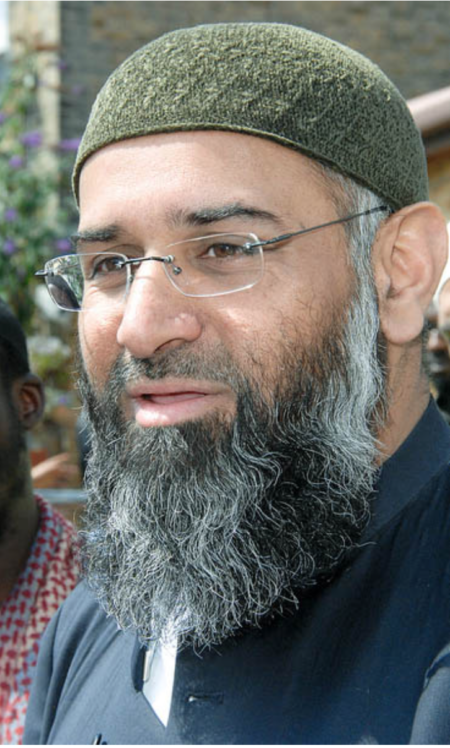
Anjem Choudhary, 49, founder of Sharia4UK convicted for supporting the Islamic State.
@tamhussein
Recently, Anjem Choudhary, 49, and Mizanur Rahman, 33, were imprisoned for their active support of the Islamic State. Choudhary’s imprisonment ends, for a small period at least, his decade plus history of agitation in the UK. Whilst the British press lapped up his colourful and extreme pronouncements, his influence amongst the majority of UK Muslims was minimal. At best he is seen by most British Muslims as a rabble-rouser and a demagogue. However, Choudhary’s influence outside of the UK has been greatly underestimated. The East London solicitor was considered a Mufti by some of his followers. He was seen as a man who spoke the Truth to power like a modern day Moses to the secular Pharaoh. He is the founding father of Shariah4UK, an organisation which gave birth to other franchises like Shariah4Belgium whose members became linked to the attacks in Brussels.
The judge, whilst sentencing, was fully aware of Choudhary’s influence and the impact he could have on the prison population. One prison staff member who wanted to remain anonymous told me most inmates are “poor, vulnerable and aggrieved” and ripe for radicalisation. He added that “if there is a confident personality he can turn them. I mean some of these guys actually believe in David Icke!” Thus charismatic prisoners who question authority, whether that be by Far-Right activists, Salafi-Jihadists, Irish Republicans or conspiracy theorists for that matter, can influence prisoners. And it seems plausible that the magic of Choudhary can have the same effect in prison. Choudhary himself has boasted that he will radicalise prison inmates.
On the face of it, it seems sensible that he spends most of his time in prison isolated. Especially as there is growing evidence that there is a link between criminality and ISIS, as has been shown by the likes of Callimachi and others. According to Robert Verkaik, Aine Davies was radicalised in prison, Jafar Turay, another fighter, is believed to have been radicalised by a Ladbroke Grove jihadist and so on. Martin Chulov has also shown how networks develop within prisons. Indeed many of the links of Syrian Islamists and Jihadists were forged in Saydnaya prison in Syria. However, whilst acknowledging that prisons can be incubators of extremist ideologies of all sorts, does it warrant a response that exceptionalises Muslim prisoners and shows them to be different from the rest of the prison population? Might that not be counter-productive? Prison experiences after all can contribute to an individual’s radicalisation, as Lawrence Wright writes in the Looming Tower:
“America’s tragedy on September 11 was born in the Prisons of Egypt. Human-Rights advocates in Cairo argue that torture created an appetite for revenge, first in Syed Qutb and later in his acolytes, including Ayman al-Zawahiri.”
Admittedly, UK prisons are relatively humane in comparison to the brutal prisons of Syria, Egypt and Iraq, but a misstep can have disastrous consequences. It is therefore absolutely crucial to get the balance right and understand how and to what extent radicalisation occurs in prisons.
It is with this in mind that I interviewed former UK Terror charge inmates to explore the idea. The sample is qualitative and hopes to add to our understanding of how radicalisation occurs in prison.
Case study: Ahmed* [name changed]
I met Ahmed in an Italian Gelateria in Westbourne Grove, West London. The convicted terrorist could be a boxer or a doorman standing outside a seedy nightclub in Leicester Square. His thick fingers, thick neck, thick arms should be throwing out some punter who has had one too many. But he is what he has always claimed to be; at best an intellectual at worst an Ossipon like figure from Conrad’s The Secret Agent, a propagandist disseminator. The man devours books; bookshops to him are like cameras to the Kardashians; he just can’t resist them. In Prison he read Leo Tolstoy’s War and Peace, Hallaq’s the Impossible State and his favourite-the Count of Monte Cristo. He has this enigmatic smile that doesn’t care what you do to him. It is as if he was challenging the authorities: what could you possible do to me here in the UK that you haven’t done already? He’s done six years of prison, two years were spent in the High Security Unit, Belmarsh or as it is known by its inmates, the Unit. He has shared his association time with some of Britain’s most notorious killers and Terror-Charge prisoners from Kenny Noye, Colin Gunn to Dhiren Barot, the man who plotted to take down the New York Stock exchange and others like Muktar Said Ibrahim responsible for the 21 July plot of 2005.

Belmarsh prison
Belmarsh became operational in 1992. It was intended to be the securest prison in the country and designed to house IRA prisoners. By its critics it was dubbed the UK’s Guantanamo but in fairness Guantanamo doesn’t offer counselling, therapy sessions and podiatry like Belmarsh. To Ahmed, though, Belmarsh wasn’t a holiday camp. He recalls an anecdote that Brian Wright told him:
“The nuttiest person is the person who designed this unit, you can’t hide anything you can’t kill anyone or even kill yourself he told me. The whole place is made of metal and the guards check on you every hour making a note on whether you are still there. The sound of the little window opening drives you nuts at first.”
The Unit, he recalls “was designed to break you down.” Everything is bad. In the morning you are given a small box of cereals, lunch is merely one of those shadows of reality that Plato talks about and dinner need not be discussed. But UK prisons are not the ones experienced by Dostoyevsky nor Solzhenitsyn’s Ivan Denisovich. Ahmed knows very well that Belmarsh is a far cry from Chateaux D’if or Assad’s Tadmor prison. It is twenty two or three hour lock up, with a small square where you can do some exercise. But the twenty yards to the exercise area takes a full twenty minutes to get to, the prisoner is escorted, buzzed through thirteen doors and patted down thirteen doors. Ahmed finds it absurd but then again, considering the company he keeps, it is understandable. The gym is “a shambles designed in a way so that the weights can’t be used as a weapon”. The library consists of a set of shelves on wheels which is called without irony, a mobile library. At the Unit, according to Ahmed, the wardens or ‘screws’ don’t punish you, they just behave vindictively. In the summer they make the water scalding hot so it peals your skin off and in the winter it is ice cold and the wardens always blame the maintenance crews. “We all knew” says Ahmed, “that this was just a game, because the other spurs had nice temperate water to shower in during association.”
Cerie Bullivant who spent 2007-2008 in Belmarsh and Wandsworth on remand seemed to confirm Ahmed’s view:
“I would be praying during Ramadan with another brother in my cell and they would kick off about it. Whilst in the other cell there would be four non-Muslim inmates playing music and it would be absolutely fine. It goes both ways though, during Ramadan Muslim inmates would get special food packs to break their fasts and the non-Muslim inmates would complain. There was a lot of tension between the Muslim and the non-Muslim inmates.”
If they do want to punish an inmate then they send in the DST, Detailed Search Team. Ahmed’s face changes into one of contempt and laughter as he recalled them:
“They come in dressed from top to bottom in black, they are often in riot gear, usually at some odd hour, three in the morning. As soon as they enter, they step up to you. They rip up your cell, I have been raided many times, they pour shampoo on your clothes, they took my Quran CD given to me by the Prison chaplain and they scratched it. Why? What did the CD ever do to you? I can’t forget the Quran CD given to me by the prison imam. They steal your papers. They check your arse…you bend over and they stick their heads down and look into your arse [laughs]…sometimes with a mirror what sort of human does that looking for a phone in your arse!? If they want to beat you up they will take you to the segregation unit, and over there they will beat you up because it’s isolated.”
Prison life is not all boredom though, there are things you can do in prison. Ahmed read and worked on his case. A lot of T-Charge prisoners work on their case or their appeals. “As long as they are in prison there is hope” he says because one day they can get out. Many of the T-Charge prisoners keep their spirits up by worshipping because in here you needed God the most. Here T-Charge prisoners see themselves and are viewed by the rest, not as common criminals but political prisoners. They are kings without crowns.
Bullivant recalls a story in Wandsworth:
“There used to be these Algerians who used to bring in drugs into the prisons and do lines [taking Cocaine]. Because I was a convert and a T-Charge they would tell me that if anyone messes with me I should tell them because they would kill them…there’s always been a hierarchy in prison.”
The T-Charge prisoners see themselves as different. They don’t hustle, they don’t carry on like “low life crims”.
Bullivant says:
“They have manners and are generous: One brother would save up all his money and buy sauces, sweets and food for Ramadan and then give them out to non-Muslims and Muslims during the month. He won a lot of friends that way.”
They also have examples to emulate, these men are fully aware that many of the Prophets spent time in prison, Joseph in the dungeons of the Pharaoh, Jonah in the belly of the Leviathan and so their situation relatively speaking doesn’t seem that bad. Moreover Syed Qutb, Omar Mokhtar, Malcolm X, Ayman al-Zawahiri, Zarqawi and Abu Bakr al-Baghdadi; Muslims from all over the spectrum whether that be freedom fighters, radicals, extremists and terrorists have all done bird. So for some inmates it reconfirmed the very rightness of their cause. They were following in the right footsteps. Especially as there is a well known Prophetic tradition that says when God loves someone, He afflicts them with tribulation, and so their incarceration is interpreted as such.
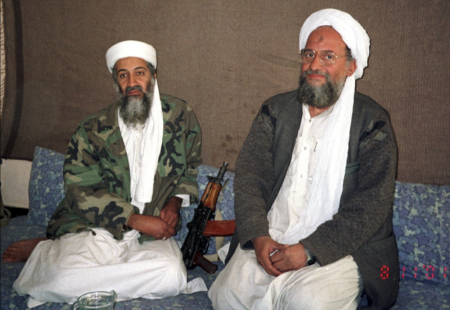
Ayman al-Zawahiri was regularly tortured and beaten by the Egyptian authorities in prison.
In fact for the likes of Ahmed, prison merely reinforced the view that he was right otherwise why would the system try to imprison him and put him in the Unit? “Even Dhiren Bharot” he says, “told me: Why are you in here? You are so young?” The harsh sentence he received, whether correct or not, he believes is a reflection of this politically motivated witch-hunt against his politics. Thus prison to him was a confirmation of the righteousness of his chosen path rather than punishment. “If I was a terrorist” he says eating his crepe, “why don’t they kill me?” Any other state would. The Islamic State certainly would. Ahmed accepts his own extinction as fair game. It is the bargain that he made from the time Iraq was invaded in 2003. In fact, this softness, this woolliness, this dare I say it, half-way house of not dealing with his likes makes him disrespect the UK. One wonders whether the UK knows how to deal with prisoners with such grand ideas anymore.
So are prisons places of radicalisation- that catch all ill defined term that seems to apply mostly to Muslims? The fact that Muslim prisoners should resort to their faith is hardly surprising; it is part of the human condition but how it occurs has mystified analysts. Ahmed recalls a far right white inmate who adopted the name Omar Jones simply because he read everything and anything he could get his paws on. He grabbed some Islamic literature from a Muslim inmate who was throwing them away. The Muslim inmate even tried to dissuade Jones, it wasn’t his type of literature. But Omar insisted on reading the material and within a week he had converted to Islam.
When an inmate converts the first priority are the basics, how to pray, how to make ablution, how to recite verses of the Quran. And so the convert would go to the T-Charge inmates during Association, the hour when inmates get to socialise. According to Ahmed, he never witnessed any radicalisation of new converts. The most these T-Charge prisoners did was to teach the new convert the basics. As Bullivant puts it: “That’s not radicalisation, that’s brotherhood.”
A convert like Omar would search out the most ‘righteous’ T-Charge prisoner because they were different in the same way the Protagonist from Dostoyevsky’s House of the Dead admired the Chechens for their political principles and upright characters. He like Omar Jones, recognised that those prisoners were there due to their beliefs, not because they were lowlife criminals that had murdered, raped and looted for the sake of criminal gain. Their manners were usually better, they didn’t swear, they offered hospitality for three days whenever a new ‘brother’ came in to the ward as is Muslim custom.
They looked after you like Abbè Faria did to Edmond Dantes in the Count of Monte Cristo. And perhaps the most important point here is that Omar Jones instinctively recognised that T-Charge prisoners were on the right side of the fence. In other words, they were not employees like prison wardens or chaplains and imams. One should not underestimate the role of the charismatic personality, as Haroro Ingram has pointed out. Islamic tradition fosters charismatic leadership and the idea of transformative charisma. Zarqawi inspired intense loyalty in prison precisely because he took the punishment on behalf of his group whenever the group would receive one. It was not his learning but his loyalty to his men. It didn’t matter if you were the most knowledgable prison imam, the simple fact was you were on the wrong side. It’s not that the imams didn’t do their jobs, they started off on the wrong side of the fence in the first place. It takes a special type of Prison chaplain to get through to inmates. How they could even influence Muslims, converts and others was beyond Ahmed. All they were good for it seems was for official matters, you registered your conversion with him so you got on the Halal list.
As Bullivant says:
“No one trusted the prison imams. You were polite and respectful and you went to him when you needed a Quran or a prayer carpet. On Fridays you didn’t go to listen to the Friday Khutba [Sermon] but to catch up with the rest of the brothers from the other wards. It was the only day you could see each other.”
Ahmed doesn’t deny that radicalisation does happen but questions the way it has been portrayed in the media. According to him, T-Charge prisoners become symbols and reference points for the convert prisoners. These men would be their example and guide for their time in prison, not the prison chaplain who according to Ahmed, was well meaning but was “mostly hit and miss”.
Bullivant, speaking about remand prisons, explains it in a different way. “The Brother’s talked about dīnī [religious] stuff but they rarely talked about politics. Everyone was paranoid that the cell was bugged.” In any case, he adds, “in remand you had hope of getting out…politics didn’t come into it. Most inmates will do dawah [proselytise Islam] because what else can you do? You have nothing else. But of course everyone was aware of the injustices outside. It was unspoken, no need to say it.” Religious proselytisation might be seen as radicalisation by the authorities, but proselytisation happened in Dostoyevsky’s House of the Dead and will continue for as long as prison exists. For Muslim inmates, it wasn’t a case of directly recruiting inmates to a cause, rather it was viewed within a religious architecture: souls needed saving even in prison, perhaps even more so. Ahmed recalls one of the inmates:
“An Afro-Caribbean brother, the nicest guy in the world. The brother had beautiful akhlāq [manners]. He used to be a hitman, bodies turned up all over Europe wherever he went. After his conversion he became the most pious brother I knew.”
But saving souls comes with baggage. According to Bullivant, the inmate who had a hand in another’s inmate’s conversion could be blamed by the Prison service for radicalising inmates. It might count against him in upcoming parole hearings or he might be moved to another prison.
This is confirmed by Ahmed too, if an inmate converts to Islam he is immediately viewed as radicalised. But sometimes they become devout purely on their own as he recalls:
“There was one young brother, he was half-Pakistani, half-English, killed a man because he put his hands on his sister’s thighs. He stabbed people left right and centre and ended up in the Whitemore unit, he offered to deal with anyone who threatened T-charge prisoners, ‘do you want me to stab him up?’ he used to ask me and I would calm the brother down. But then I received letters from him in perfect written Arabic, he had become fluent in written Arabic in eight months, he had taught himself.”
Of course some converted to Islam because they wanted to be part of the gang that had the most clout, the ones who could protect you. But usually you could spot those ones. Ahmed had little respect for those kinds of prisoners. According to him it showed on their faces, in their eyes they were low life scums who used Islam as veil. No one bought the argument that their drug dealing and criminal activities was a tool to harm the infidel enemy. There was no conviction in these men and he didn’t respect it.
Neither Ahmed nor Bullivant deny that T-Charge prisoners ran things in prison. Cream rises to the top and there are emirs, albeit unofficial ones in British prisons just as much as there are capos, dons, bosses in prisons all around the world. Networks do exist. Word spreads pretty quickly amongst prisoners, who is coming through to which wing and why. During Association, even if a murder or a robbery had occurred on the outside, the prisoners would know about it and sometimes they even knew who did it before the police.
If an emir didn’t want a certain prisoner in his wing he could make it such that the prisoner would be segregated or moved to a different wing. If there’s an inmate who attacked a ‘brother‘ and is being transferred to his wing, the emir would ensure that the inmate gets beaten up, stabbed or smashed with a contraption that resembles a morning star made out of two cans of tuna in a sock as punishment for that transgression. They might wait for the prisoner to get settled in and one day pour boiling sugar syrup on him. The syrup behaves a bit like napalm and sticks your skin scalding it permanently. Ahmed remembers a story in Long Lartin prison:
“Some Australian guy messed around with Sheikh Abu Qatada in the gym, he was saying something about his beard in Long Lartin, he was mocking it, a brother saw it, that evening he had several litres of boiled butter over his head and face and his whole face was melted and he was about to be released as well- that sort of reinforced the hierarchy”
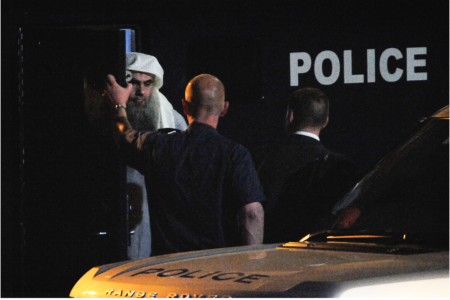
Abu Qatada al-Filistini was held in Belmarsh and Long Lartin prisons on immigration charges.
It is not done with malice just sheer ingenuity. It would have been better if the inmate had been sensible and asked to be put into the segregation unit immediately. The consequences? Ahmed laughs “some get taken to segregation and the rest of us get a few days lock up and privileges get taken away and then life moves on. Nothing changes. Usually there’s little evidence to charge the inmate.” It is no wonder one former disgruntled prison warden told me: “We don’t run the ward the prisoners let us run it”.
If you were a warden than you might get ‘shitted’ on- a technical term referring to a prison warden getting human faeces on their heads, usually the offending turd is disguised in a prison sock and smashed on to his head or put into a bottle and poured on him from above.
On the other hand, if you are a new T-Charge prisoner or just a normal prisoner, nervous about what prison life is like, the emir and the ‘brothers’ get together to cook and host the prisoner for three days to make him feel at ease with his surroundings. An intense loyalty towards the emir and the senior ‘brother’ is built up as a consequence.
Moreover, the T-Charge prisoners are also seen as mediators because they are not involved in the bitter disputes between rival criminal gangs. They are seen as neutral arbitrators and are often brought in to resolve disputes. This again gives them added status and importance amongst inmates. This is not un-similar to the way the young Abu Bakr al-Baghdadi behaved when he was incarcerated in Camp Bucca, Iraq.
When Ahmed was released he was asked if he wanted to become an informer. He was scornful of such a proposition: “you wasted the best years of my life for nothing and now I am going to do you a favour and turn grass?” It just didn’t make sense.
He was unrepentant and it seems that he would have preferred to have been martyred. “You would have saved yourself a whole lot of money and time.” Now he is older and wiser he still watches events in and around the Middle East with interest. His views remain radical perhaps a bit more tempered, and he is still aggrieved by what the British state has done to him. “Even killers told me I shouldn’t be here in the Unit.” Prison, it seems, hasn’t broken him, it hasn’t made him repent, far from it, he is even more confident. Sometimes as the Russian writer Dostoyevsky points out the worst punishment is not the crime itself but living with what you have done. Ahmed lives with it quite well because in his view, he has done nothing wrong. For Ahmed, Syed Qutb’s Milestones which he read at the tender age of fifteen and Malcolm X Autobiography at the age of twenty, both had a profound impact on his life, Belmarsh didn’t remove his grand idea.
I ask Ahmed about the current worry about prison radicalisation. He thinks for a while and replies casually “maybe a stake in society might work for some. Prison will definitely not work for others.” He overheard a T-Charge brother as he was being deported saying “the game isn’t over yet”.
Solutions
After Choudhary and Mizanur Rahman’s conviction, I met up with Ahmed for a coffee not too far from Ladbroke Grove. I asked him about throwing Choudhary into isolation units like the Acheson report has recommended. I asked him whether that would stop radicalisation. He laughs and says:
“It’s not like the US, he’s not going to be like Babar Ahmed! Isolation units have already been done. Long Lartin was like that. We loved it. We kept it clean. Had circles [Islamic study circles], even the screws liked it. No drugs or crime. I see both perspectives but it’s a drain on resources to be honest.”
Bullivant says of the those like Anjem Choudhary:
“I’m sure in theory he could [radicalise], but he’s in solitary because he’s a name, nothing else. Many people inside are better placed to ‘radicalise’. Thing is, there’s as much chance inside that he’d get convinced by brothers to leave his silly ideas. Also there’s the basic injustice of solitary, people need people… so to put him in solitary for no measurable benefit isn’t the right way to go.”
As far as exceptionalising Muslim prisoners, Bullivant added that it fed into this ‘War on Islam’ narrative that Choudhary’s followers feed off. Choudhary will be seen as a martyr for the cause, victimised solely because of his uncompromising stance towards his faith. It sends a message as Bullivant puts it, that the British state “can’t handle the ideas of these people.” In fact, Bullivant’s view is that isolation is the wrong approach:
“I really think that in my time in prison most of the Mojo’s [Muhajiroon] realised they had made errors from being in prison and actually being forced to mix for once. They couldn’t isolate like they do on the outside…no one took Mojo Dawah [proselitisation] seriously, and they ended up all… becoming much more mainstream”
Bullivant seems to be echoing the ideas proposed by a former prison governor, Peter Dawson, who argues that these isolation units will not work. Partly, because they tried it in Northern Ireland and it failed. And partly because with an increase in prison numbers and a reduction in prison staff, it will be unsustainable. Instead Dawson argues that if prison is about punishment and rehabilitation then the best way is to have well funded prisons where well trained and motivated prison staff build long term relationships with inmates of any radical persuasion.

![Isis soldiers beheading five people charged with "spying for Syria's New Army and the Crusade forces. [sic]." Their heads were displayed on metal pegs (Facebook/Syrian Observatory for Human Rights)](https://www.joshualandis.com/blog/wp-content/uploads/Screen-Shot-2016-12-18-at-6.48.02-AM.png)
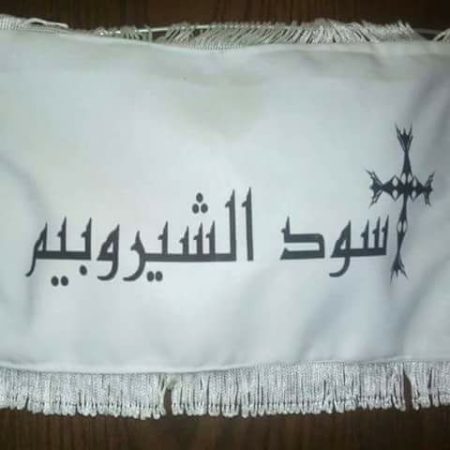
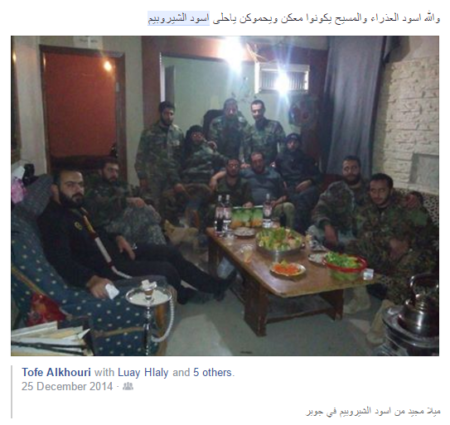

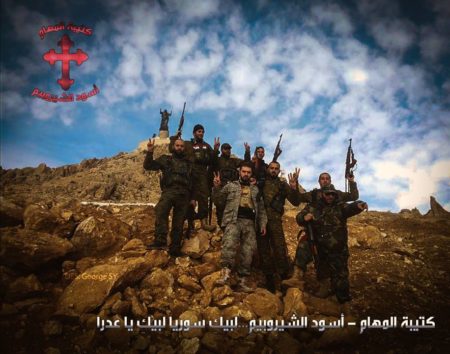
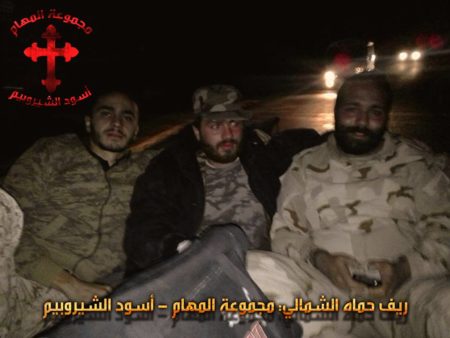
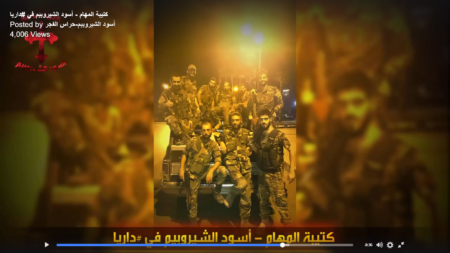
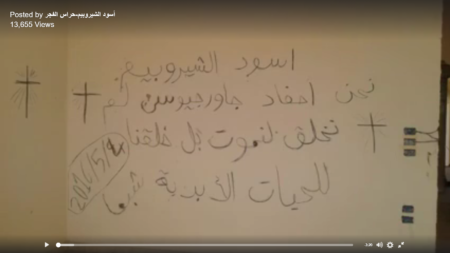
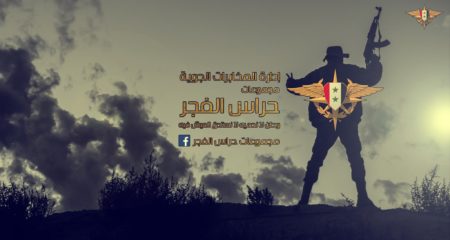
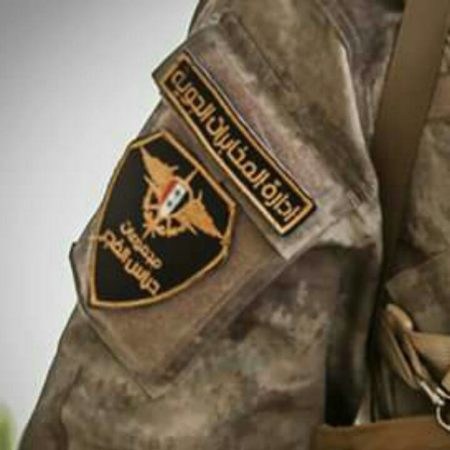



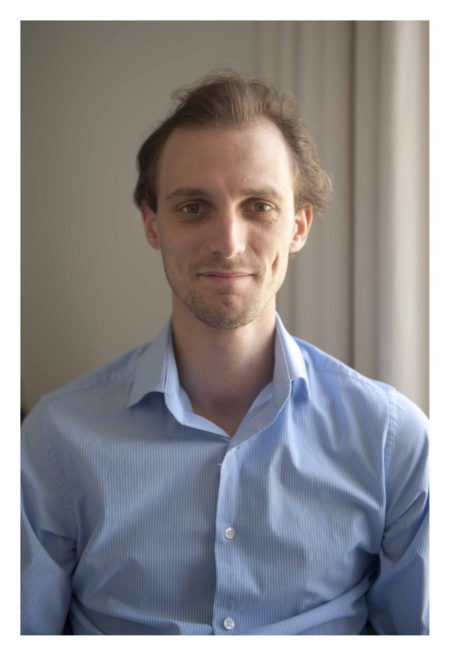 DAM WARS: How Water Scarcity Helped Create ISIS
DAM WARS: How Water Scarcity Helped Create ISIS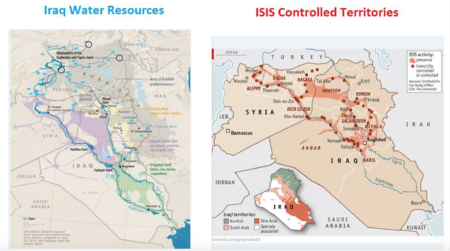

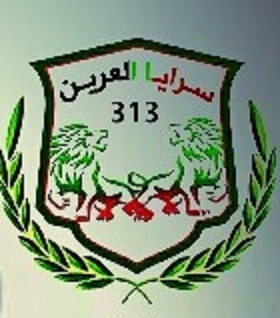
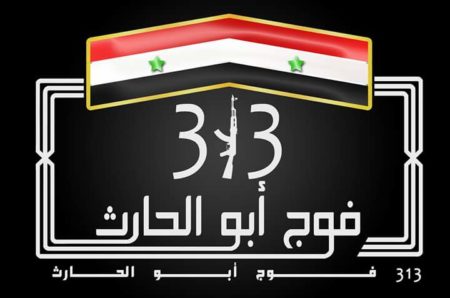
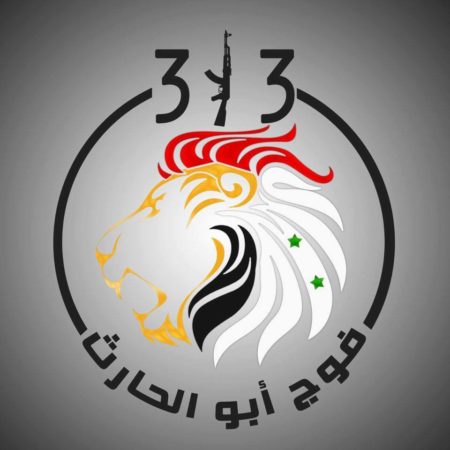
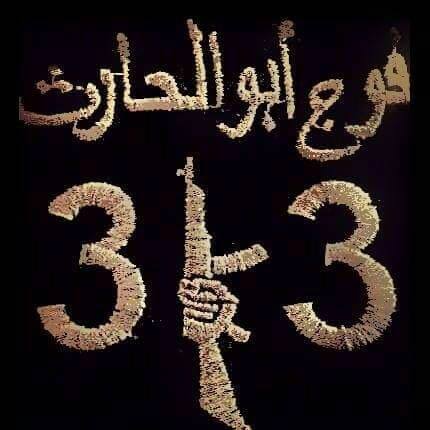
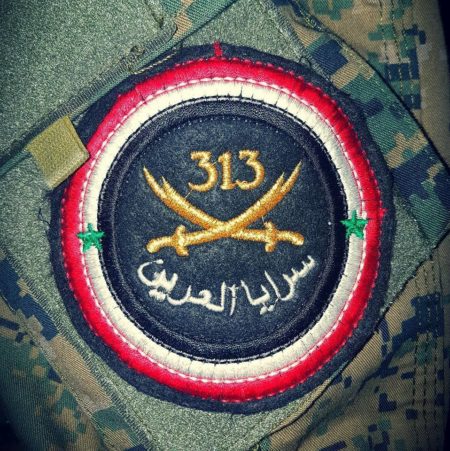
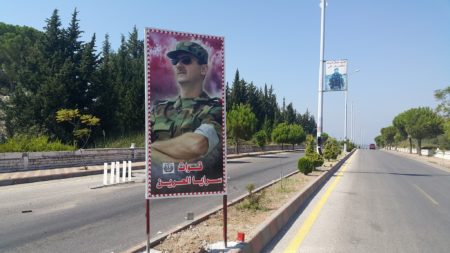
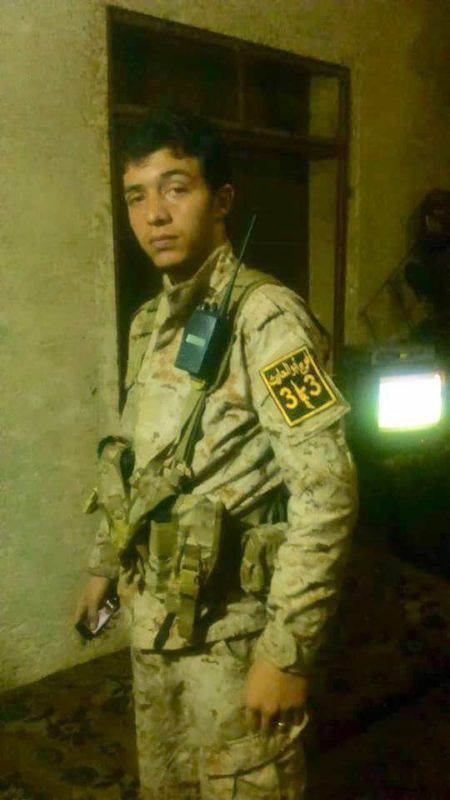
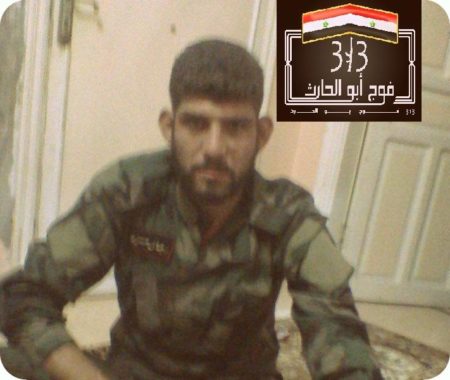
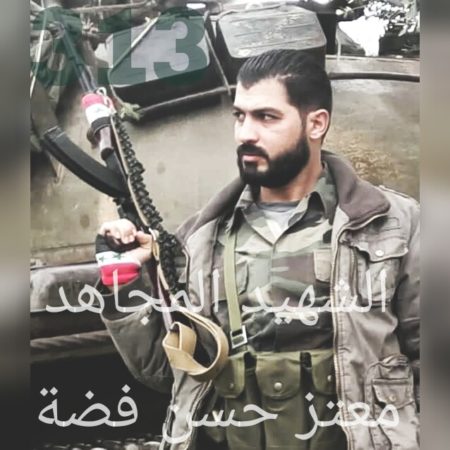
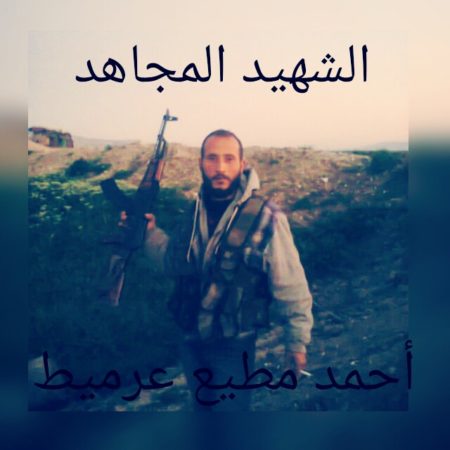
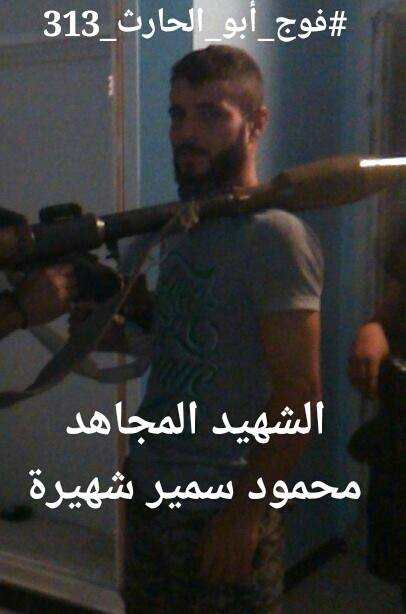
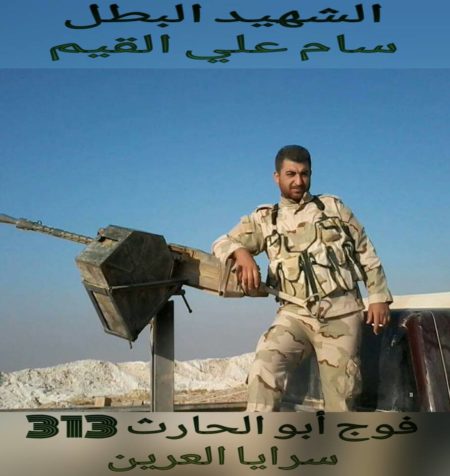
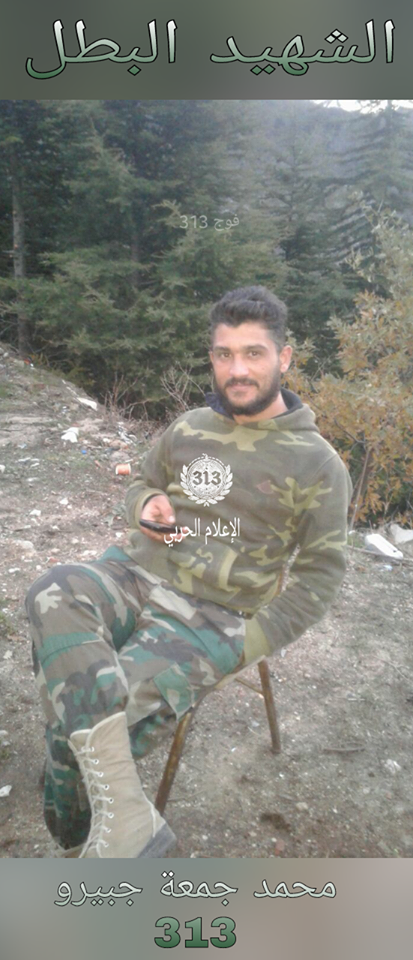
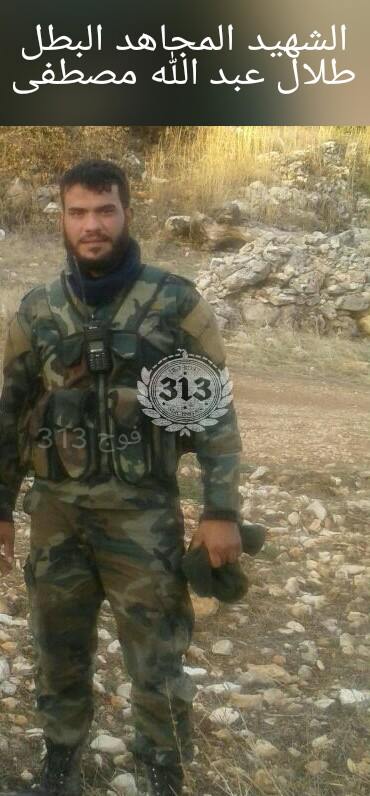
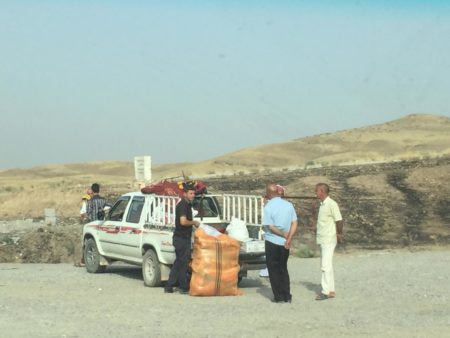

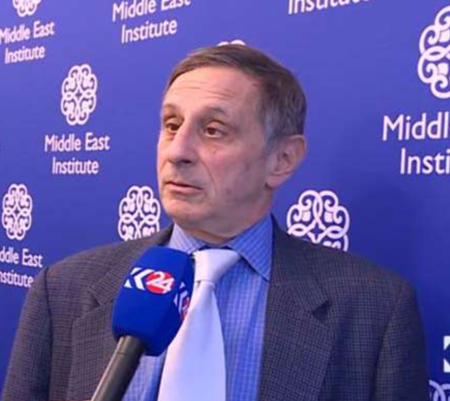
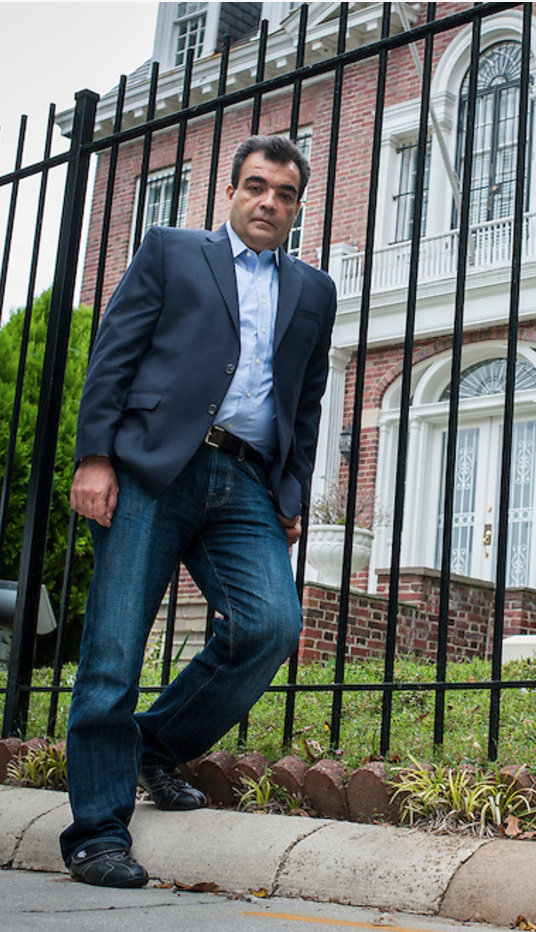
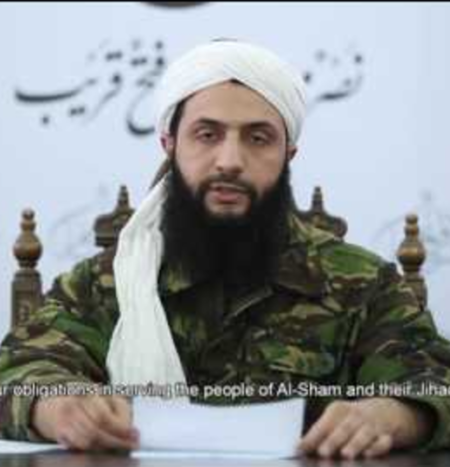
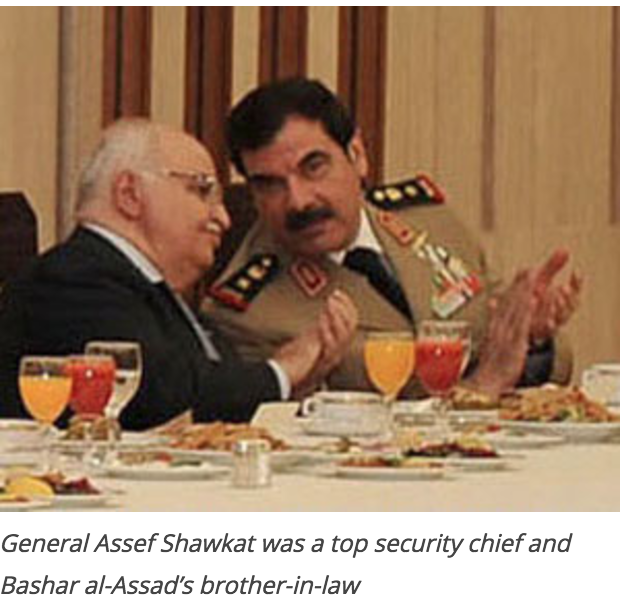 Assassination of Assef Shawkat, the President’s Brother-in-Law, 18 July 2012
Assassination of Assef Shawkat, the President’s Brother-in-Law, 18 July 2012
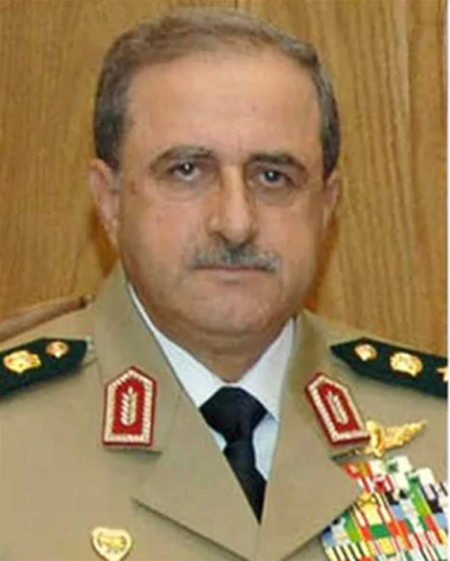
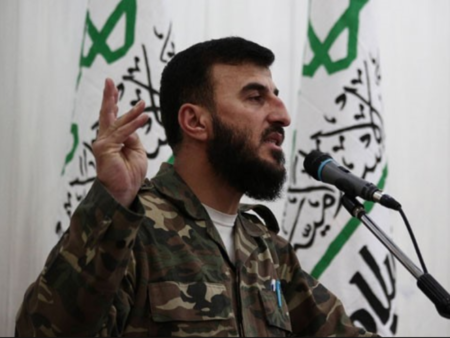
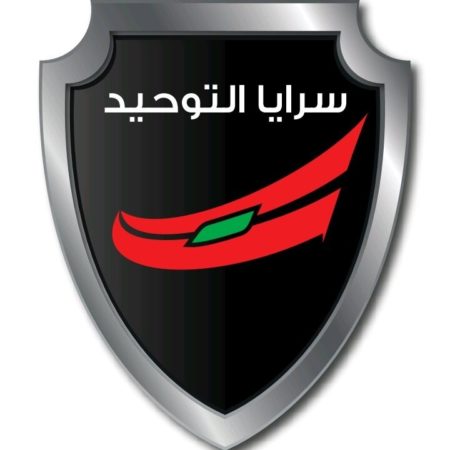
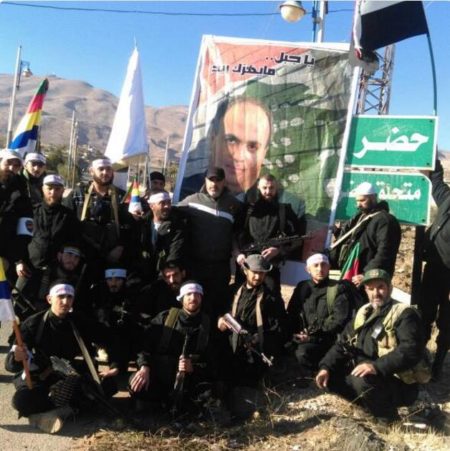


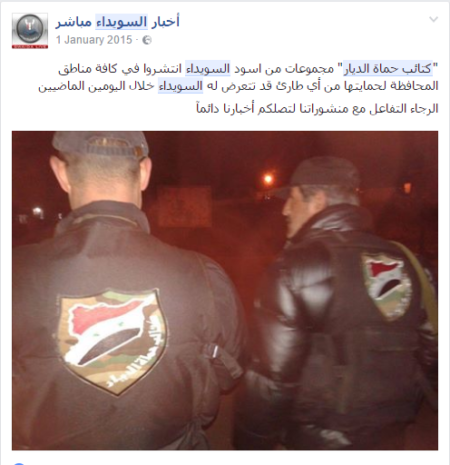

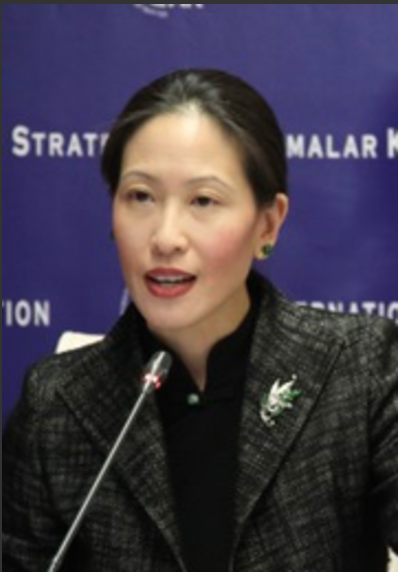 China’s Interests in Syria and the Middle East
China’s Interests in Syria and the Middle East



